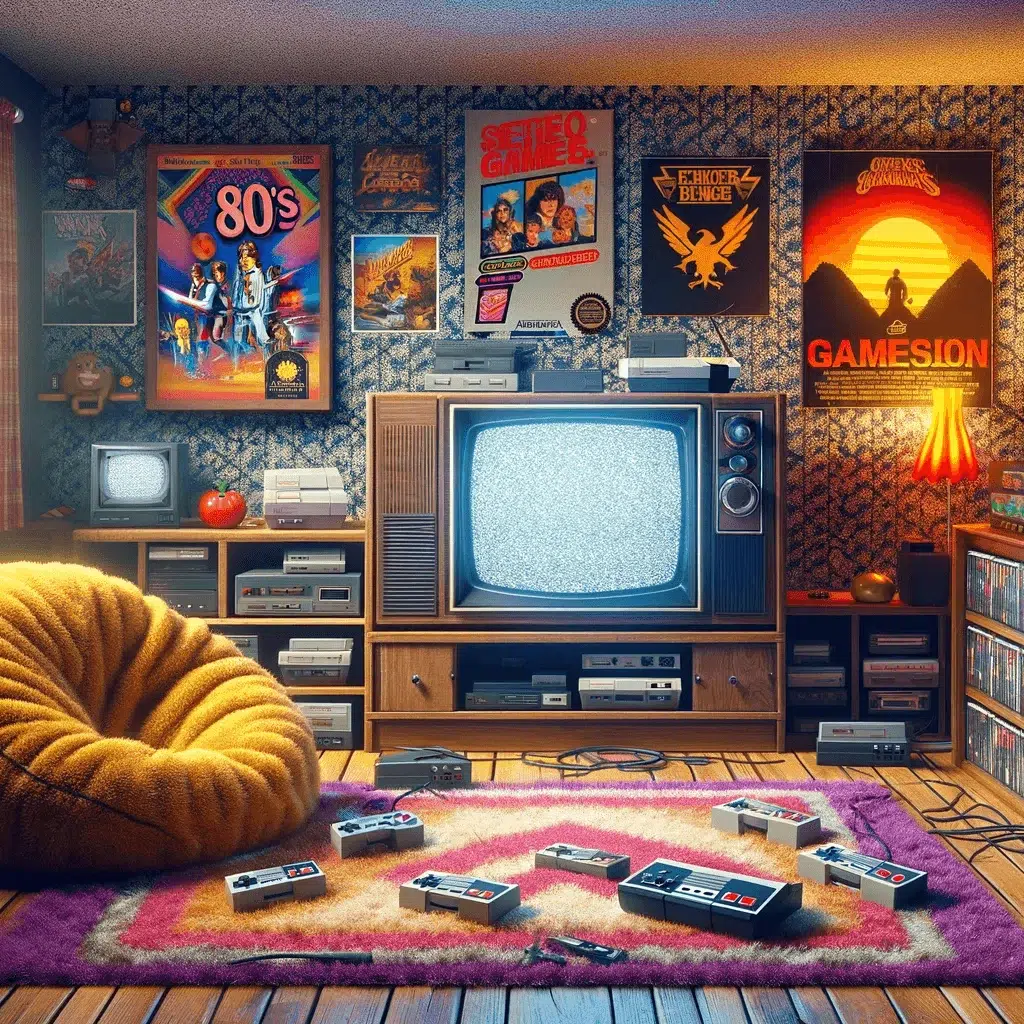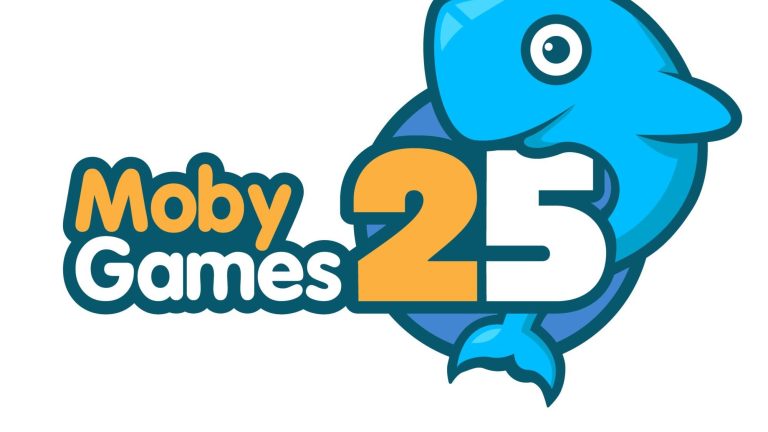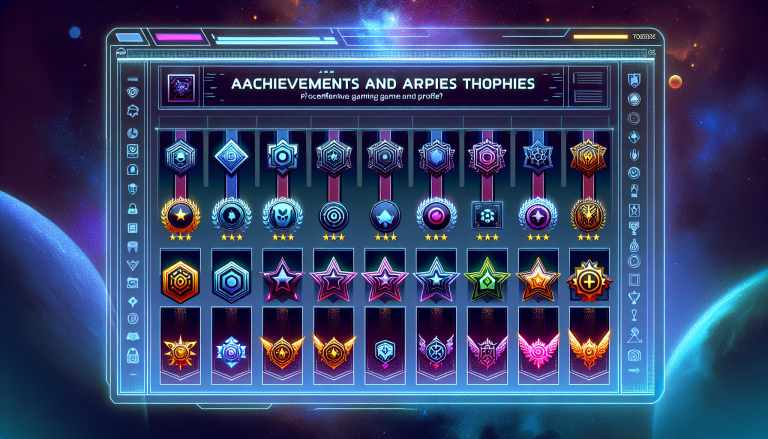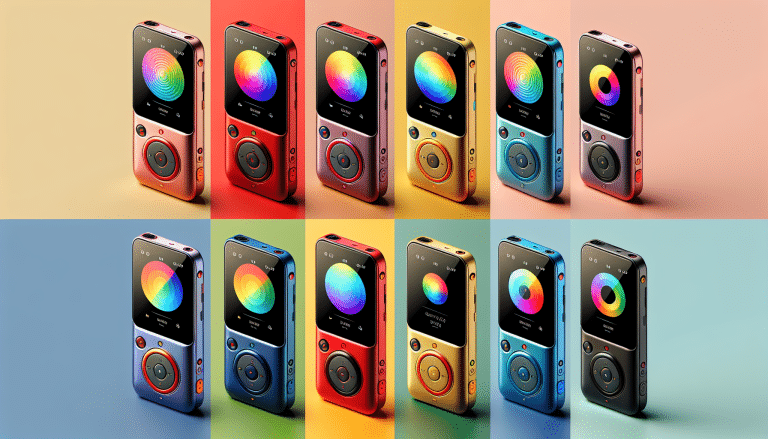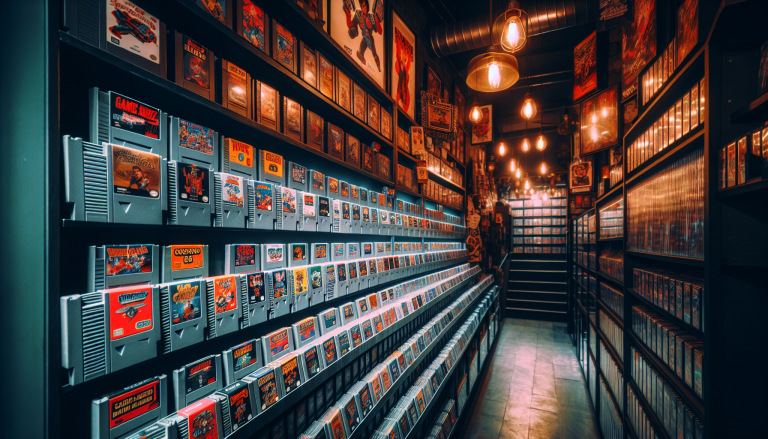Choosing the Right Hardware Components for a Retro Gaming PC
Are you a fan of classic video games? Do you miss the nostalgia of playing your favorite retro games from the past? Well, you’re in luck! With a retro gaming PC, you can relive those cherished gaming moments and experience the thrill of vintage gameplay once again.
But before you dive into the world of retro gaming, it’s important to choose the right hardware components for your PC. Here are some tips to help you get started:
1. Processor
The processor is the brain of your retro gaming PC. It’s responsible for executing instructions and running the games smoothly. For an optimal retro gaming experience, choose a processor that can handle the demands of emulating older systems.
An Intel Core i5 or AMD Ryzen 5 processor is usually sufficient for most retro games. However, if you plan to play more demanding titles or use advanced emulation features, consider investing in a high-end processor like an Intel Core i7 or AMD Ryzen 7.
2. Graphics Card
The graphics card is crucial for rendering the visuals of retro games. While older games may not require a powerful graphics card, having a dedicated GPU will ensure smoother gameplay and better graphics.
An NVIDIA GeForce GTX 1660 or AMD Radeon RX 580 is a good choice for most retro gaming setups. These mid-range graphics cards offer excellent performance at an affordable price. However, if you want to play games at higher resolutions or use shaders and filters, consider a higher-end graphics card like an NVIDIA GeForce RTX 2070 or AMD Radeon RX 5700 XT.
3. Memory (RAM)
Retro games generally don’t require a lot of memory, but having enough RAM is still essential for a smooth gaming experience. Aim for at least 8GB of RAM, which should be sufficient for most retro gaming setups.
If you plan to run multiple emulators simultaneously or use resource-intensive features, consider getting 16GB or even 32GB of RAM. This will ensure that your retro gaming PC can handle any task you throw at it.
4. Storage
When it comes to storage, you have two primary options: solid-state drives (SSDs) and hard disk drives (HDDs). While HDDs are more affordable and offer larger capacities, SSDs are much faster and provide quicker loading times.
For retro gaming, an SSD is highly recommended. It will significantly reduce loading times and enhance your overall gaming experience. Aim for an SSD with at least 500GB of storage capacity, but if you have a vast collection of games, consider getting a 1TB or larger SSD.
5. Power Supply
Often overlooked, the power supply unit (PSU) is a critical component of your retro gaming PC. It supplies power to all the components, so it’s vital to choose a reliable and efficient PSU.
Make sure the PSU has enough wattage to support your chosen components. A 500W or 600W PSU should be sufficient for most retro gaming setups. Additionally, consider getting a PSU with an 80 PLUS certification to ensure energy efficiency and stable power delivery.
6. Motherboard
The motherboard is the backbone of your retro gaming PC, connecting all the components together. When selecting a motherboard, make sure it’s compatible with your chosen processor and has enough expansion slots for future upgrades.
Look for a motherboard with USB 3.0 ports for faster data transfers and consider getting one with built-in Wi-Fi if you plan to connect to the internet wirelessly. Additionally, opt for a motherboard from a reputable brand to ensure reliability and compatibility.
7. Case and Cooling
Lastly, don’t forget about the case and cooling for your retro gaming PC. Choose a case that fits your aesthetic preferences and has good airflow to keep your components cool during long gaming sessions.
Invest in a reliable CPU cooler to prevent overheating and consider adding additional case fans for optimal airflow. This will help prolong the lifespan of your components and ensure a stable gaming experience.
By carefully selecting the right hardware components, you can build a powerful retro gaming PC that will deliver an authentic and enjoyable gaming experience. Remember to do thorough research, compare prices, and read customer reviews before making any purchases. Happy gaming!
Setting Up the Emulation Software and Operating System
So, you’ve chosen the perfect hardware components for your retro gaming PC, and now it’s time to dive into the exciting world of setting up the emulation software and operating system. This is where the magic happens and you transform your PC into a time machine, allowing you to relive the golden era of gaming. First things first, you need to decide which emulation software and operating system will best suit your needs. There are several options available, each with its own strengths and weaknesses. Two popular choices are RetroArch and Lakka. RetroArch is a versatile and powerful emulator that supports a wide range of gaming systems, while Lakka is a lightweight operating system specifically designed for retro gaming. Once you have chosen your software and operating system, it’s time to download and install them. Most emulation software and operating systems have user-friendly installation processes, making it easy for even beginners to get started. Simply follow the on-screen instructions, and you’ll be up and running in no time. Now that your software and operating system are installed, it’s time to add some games to your retro gaming PC. You can find ROMs (game files) for your favorite classic games online, but make sure to only download ROMs for games that you already own. Remember, piracy is not cool, and supporting game developers is important. To play your games, you’ll need to configure the controls in your emulation software. This is where you can customize your gaming experience and recreate the feeling of playing on the original consoles. Many emulation software programs allow you to map your keyboard or gamepad to match the buttons of the original controllers. Take some time to experiment and find the setup that feels just right for you. Now that everything is set up, it’s time to start gaming! Launch your emulator, select your game, and get ready to be transported back in time. Enjoy the nostalgia of playing your favorite childhood games and marvel at how far gaming technology has come. But wait, there’s more you can do to enhance your retro gaming experience! Consider investing in authentic controllers and accessories. Using a classic controller can greatly enhance the authenticity of your retro gaming setup. You can find USB adapters that allow you to connect original controllers to your PC, or you can opt for replica controllers designed specifically for retro gaming. Don’t forget about the visual and audio components of your retro gaming PC. Many emulation software programs allow you to customize the graphics and sound settings to replicate the look and feel of old CRT televisions and nostalgic sound effects. Experiment with filters, scanlines, and shaders to find the perfect retro aesthetic that takes you back to the good old days. Lastly, don’t forget to optimize performance and troubleshoot any issues that may arise. Emulation software can be demanding on your hardware, so make sure your PC meets the recommended system requirements. You may also want to experiment with different settings to achieve the best performance. If you encounter any glitches or crashes, consult online forums and communities for troubleshooting tips. Setting up the emulation software and operating system for your retro gaming PC is an exciting process that allows you to relive the joy of classic gaming. With the right software, configuration, and accessories, you can create a truly immersive retro gaming experience that will transport you back in time. So, dust off those old game cartridges, fire up your emulator, and get ready to embark on a nostalgic gaming adventure. Happy gaming!So you’ve chosen the right hardware components for your retro gaming PC and set up the emulation software and operating system. Now it’s time to take your retro gaming experience to the next level by enhancing it with controllers and accessories!
Controllers: Feel the Nostalgia
One of the most important aspects of a retro gaming experience is the feel of the controllers in your hands. It can transport you back to the 80s or 90s and make you feel like a kid again. Thankfully, there are many options available to help you recreate that nostalgic feeling.
If you’re aiming for authenticity, you can hunt down original controllers from the era of the games you want to play. Websites like eBay or local retro gaming stores often have a selection of vintage controllers in good condition. Just make sure they are compatible with your chosen emulation software and PC.
If original controllers are hard to find or not an option for you, there are also modern replicas that mimic the design and feel of the classic controllers. These replicas often come with USB connections, making them compatible with your retro gaming PC.
Another popular option is using modern controllers that have a similar layout and button configuration to the original ones. For example, many USB controllers are designed specifically for retro gaming and come in the style of popular consoles like the SNES or PlayStation. These controllers usually have all the necessary buttons and joysticks to give you an authentic gaming experience.
When choosing a controller, it’s important to consider your personal preferences and the types of games you’ll be playing. If you’re a fan of fighting games, you might prefer a controller with an arcade stick. If you enjoy platformers, a controller with a D-pad might be more suitable.
Accessories: Amp Up the Nostalgia
In addition to controllers, there are various accessories that can enhance your retro gaming experience even further:
- Adapter cables: If you plan on using original controllers, you may need adapter cables to connect them to your PC.
- Memory cards: Some retro games, especially those from consoles like the PlayStation or Nintendo 64, used memory cards to save game progress. Investing in compatible memory cards can help you relive the experience of saving your progress.
- Console replicas: If you want to go all out, there are even console replicas available that resemble the original consoles. These replicas often come with pre-installed games and can be a great addition to your retro gaming setup.
- Display options: To truly capture the retro gaming aesthetic, you might consider using a CRT (Cathode Ray Tube) monitor or a scanline filter on a modern display to replicate the look of older TVs.
- Sound systems: If you’re a fan of the chiptune music that accompanied many retro games, investing in a quality sound system can help you immerse yourself in the nostalgic tunes.
Remember, the goal is to recreate the authentic retro gaming experience, so feel free to experiment with different controllers and accessories to find what works best for you.
Now that you have your controllers and accessories sorted, it’s time to optimize the performance of your retro gaming PC and troubleshoot any issues that may arise. Stay tuned for the next installment of our retro gaming series!
Optimizing Performance and Troubleshooting for a Seamless Retro Gaming Experience
So, you’ve successfully built your retro gaming PC, set up the emulation software, and even added some cool controllers and accessories to enhance the experience. Now, it’s time to make sure everything is running smoothly and optimize the performance for a seamless retro gaming journey. Here are some tips and tricks to help you along the way.
1. Updating Drivers and Software
One of the first things you should do is ensure that your graphics card, sound card, and other hardware components have the latest drivers installed. Manufacturers often release updates that improve compatibility and performance, so it’s essential to keep everything up to date. Additionally, make sure to regularly update your emulation software and operating system to take advantage of the latest improvements and bug fixes.
2. Adjusting Emulation Settings
Emulation software often comes with various settings that allow you to customize the gaming experience. These settings can affect performance, so it’s worth experimenting to find the right balance. For example, you may need to adjust the resolution, video filters, or audio settings to achieve the desired performance and visual fidelity. It’s also a good idea to consult online forums and communities dedicated to retro gaming for specific recommendations and tips for each emulator.
3. Organizing and Managing ROMs
As your retro gaming library grows, it’s crucial to stay organized and keep track of your ROMs. Create separate folders for each console and categorize your games by genre or alphabetical order. This way, you can easily find and launch your favorite titles without scrolling through a long list. Additionally, consider using a reliable emulator frontend that offers features like artwork scraping and game metadata to enhance the overall experience.
4. Dealing with Controller and Input Lag
One of the most frustrating issues in retro gaming is input lag. This delay between pressing a button and seeing the action happen on the screen can significantly affect gameplay. But fear not, there are ways to minimize input lag and ensure a responsive gaming experience. Firstly, use wired controllers whenever possible as they tend to have lower latency compared to wireless ones. If you prefer using wireless controllers, make sure they have a low-latency mode or connect directly to your PC without additional dongles.
Another factor that can contribute to input lag is the display you’re using. Older CRT TVs had virtually no input lag, but if you’re playing on a modern LCD or LED monitor, there might be some delay. To reduce input lag, enable gaming mode or use a monitor with a low response time. Additionally, some emulators offer input lag reduction options that can help synchronize your controller inputs with the display output.
5. Managing System Resources
Retro gaming PCs don’t require the same level of power as modern gaming rigs, but it’s still important to manage system resources efficiently. Close any unnecessary background programs and processes that might be running in the background and hogging CPU or RAM. You can use task manager or utilities like CCleaner to identify and terminate resource-intensive applications.
Furthermore, consider disabling unnecessary visual effects in your operating system settings. While these effects may look fancy, they can consume valuable system resources. By disabling them, you can free up some processing power for a smoother retro gaming experience.
6. Troubleshooting Common Issues
Despite your best efforts, you may encounter some issues while retro gaming. If a game refuses to run or crashes frequently, try searching online for solutions or patches specific to that game. Gaming communities and forums are a treasure trove of knowledge, and chances are someone has already encountered and fixed the same problem.
If you’re experiencing graphical glitches or audio stuttering, check your emulation software settings and make sure they are compatible with the specific game you’re playing. Some games require specific configurations to run correctly, and tweaking these settings can often resolve any issues.
Remember, retro gaming is all about nostalgia and having fun. If you encounter any technical difficulties, don’t hesitate to seek help or experiment with different solutions. With a bit of patience and troubleshooting, you’ll be back to enjoying your favorite retro games in no time!


